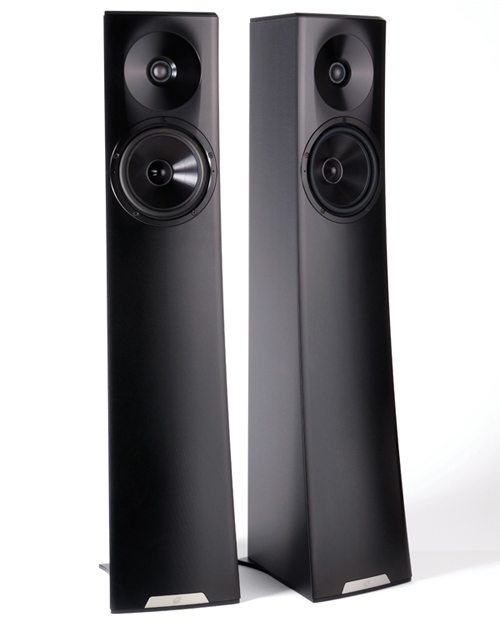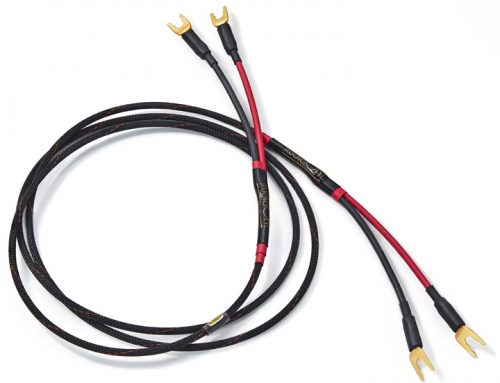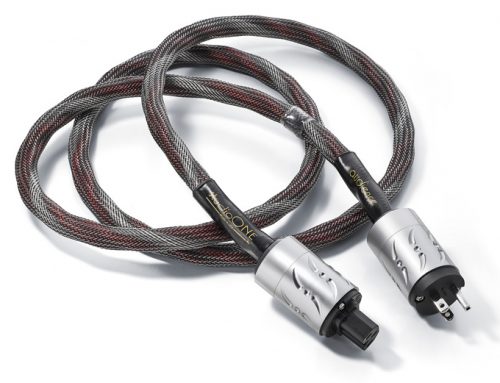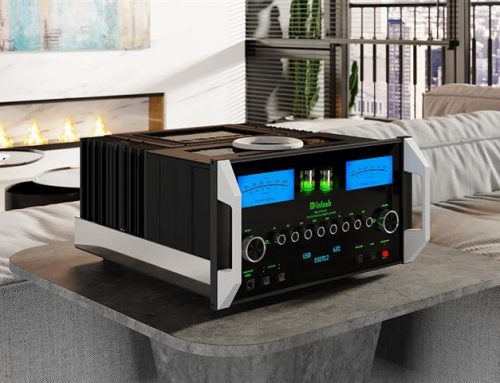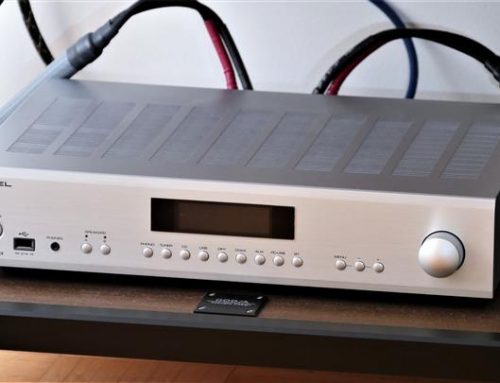You’ve read Car & Driver, Road & Track. Do you remember how many Ferraris, Bugattis and Aston Martin’s they review? Not because a lot of readers are about to plump down big six figure numbers for a supercar, but because we all just like reading about exotica. A guy can dream, can’t he?
Well today our fearless publisher has decided to indulge us in a similar fantasy. We are going to take a look at, and a listen to, a brand new model from one of the most exotic speaker manufacturers in the market. At $24,300 US, this is YG’s least expensive model, sitting below the Sonja 1.3 at $106,800 US and the Hailey 1.2 at $42,800 US. It is cheaper not because it’s cutting any corners, only because it is smaller.
Many of you will not recognize the name YG Acoustics. YG stands for Yoav Geva, the genius in charge here. Remember Thomas Carlisle’s definition of genius – an infinite capacity for taking pains. Let’s see if you agree. YG Acoustics competes with Wilson Audio, Avantgarde, Magico, Focal, Vivid Audio and a few others. Most of these are small businesses but Focal is the exception, being one of the largest speaker manufacturers in the world.
In this group, YG is one of the more recent entrants, being founded in 2002 in Denver, and having perhaps the smallest range of offerings. The three element range is a little deceptive, since the Hailey can come (in 1.1 form) as a compact monitor, or (in 1.2 form) as a system where the compact monitor is mounted atop a bass module. The Sonja comes in 3 versions. Sonja 1.1 is a compact module, 1.2 adds a bass module and 1.3 adds a second bass module. The Carmel 2, introduced at CES in 2015, has no such options, and it replaces the original Carmel which first surfaced, to great acclaim, in 2010.
This small floorstanding speaker, measuring just 103 cm high, 23 cms wide and 31 cms deep, sides tapered towards the back and curved away from the listener at the front, weighs an astonishing 34 kg a piece. These speakers are made in Colorado to the highest possible levels of finish and incorporate custom components of unsurpassed specifications.
The first sign that something special is going on is the all-aluminum chassis. Yes we’ve seen aluminum bodied speakers before, but not like this. Not where the panels have been carved by CNC machine out of a solid block of aircraft grade aluminum, incorporating subtle and complex curvature. The first aim is to provide a solid framework for the drivers while suppressing distortion-inducing vibration. The secondary aim is to provide something beautiful to enhance the room it sits in. The CNC machines used are no run of the mill devices. CNC stands for Computer Numerical Control. The models used include a 5-axis precision Gildemeister millturn, custom made in Germany, reputedly the most sophisticated CNC device in use in the audio industry, and a high torque precision machine from Japan’s DMG Mori-Seiki. The aluminum parts use pressurized assembly and range up to 1.375″ in thickness to support high output levels without flinching. This methodology is the only one of the six I will outline here that Yoav Geva has not trademarked. What stops other firms from doing this? Just the expense in time, machinery and materials. Magico also use an aluminum chassis in their upscale R line, but their speakers are shaped more like rectangular boxes. Magico claims an aluminum chassis can outperform a more traditional MDF enclosure because you need a lot of bracing to control flex in MDF, but the bracing adds to both energy storage and damping factor, both of which can be detrimental to sound.
Before moving on to the trademarked technology, let’s take a look at one design element rejected for these YG speakers but prevalent in the industry – the bass port. This is a method by which the low bass frequencies can be reinforced, allowing a greater bass output from a given volume of cabinet, all other things being equal. Take a look at your speakers. Is there an open port on the front, or one on the back – perhaps even a port pointing down, or maybe two or more ports? The problem with porting is that although it improves the quantity of bass output, it has the opposite effect on the quality of that output. It tends to slow down the speed of reaction in the bass, increasing the levels of distortion, and produces a much sharper and less natural cut off of low frequencies. With rear porting, the most common kind, it also makes it more difficult to locate the speaker in the room without causing unwanted interactions with the rear wall. So YG and Magico, unlike much of the competition, choose a sealed box approach instead, and use other methods to maintain bass output at low frequencies.
The most clearly visible of the trademarked technologies is BilletCore. The main driver here, a derivative of the very well known and highly regarded Scan-Speak Revelator driver, originally used a doped sliced paper cone material. Scan-Speak claims “sliced paper cone technology represented a breakthrough in midrange clarity and overall smooth frequency response characteristics. The slices are filled with damping glue, which dramatically reduce break-up modes in the diaphragm”. You’ll see various versions and implementations of the Revelator woofer in a lot of high end speakers from around the world, including earlier models from YG. Yoav Geva looked for a way to improve the rigidity of the cone while keeping it really lightweight. His solution, almost ridiculously difficult and expensive to achieve in practice, is amazing in its audacity. He takes a solid billet of aircraft grade aluminum, and with the aid of those CNC machines, machines away well over 99% of the material until all that’s left from a 16 lb block is a 7.25″ cone of .008″ thickness weighing under an ounce, so strong it can support a pressure of 400 lbs. I kid you not! The front side is smoothly milled but the billet is then flipped over and milled from the rear to incorporate rib strengthening. By milling the cones rather than stamping them, YG eliminate the micro-fissures that could lead to weak spots and eventual deterioration under stress. The result is a speaker cone with an unprecedented ratio of strength to weight. The cone is buffed and black anodized and you can see the result for yourself, protected by a narrow bar against accidental impact.
The next trademark is for ForgeCore, the technology used to modify the Scan-Speak Illuminator tweeter, but this time the technology is not visible from the outside. Using highly sophisticated computer optimized and very precise 3D geometries in the CNC cutting of the magnet system, distortions are lowered dramatically, making for a more relaxed sound. Conventional tweeter motors are usually stamped or laser cut using mostly 2D geometries.
Neither ForgeCore nor BilletCore technologies made it into the original Carmel, but one concept that did, and which appears again here is the DualCoherent crossover. Normally crossovers can be optimized for a flat frequency response or for phase coherence between the two drivers through the overlapping frequencies of the two drivers, but Yoav Geva has developed proprietary software to enable both to be optimized simultaneously. The closer the phase coherence, the cleaner the transient response (the response to sudden impacts) and the more natural the imaging. These things can be measured, and YG’s website includes comparisons measured under lab conditions. What matters of course is what we hear.
Trademark number 4 is ToroAir, probably the most difficult to explain. The problem is that the inductors in a tweeter circuit may pick up undesired electromagnetic energy from the low frequency circuit, introducing harshness and a loss of detail into the high frequency reproduction. YG’s ToroAir inductors have a toroidal geometry to eliminate this crosstalk, and by using a non magnetic (air) core they also eliminate a source of distortion.

